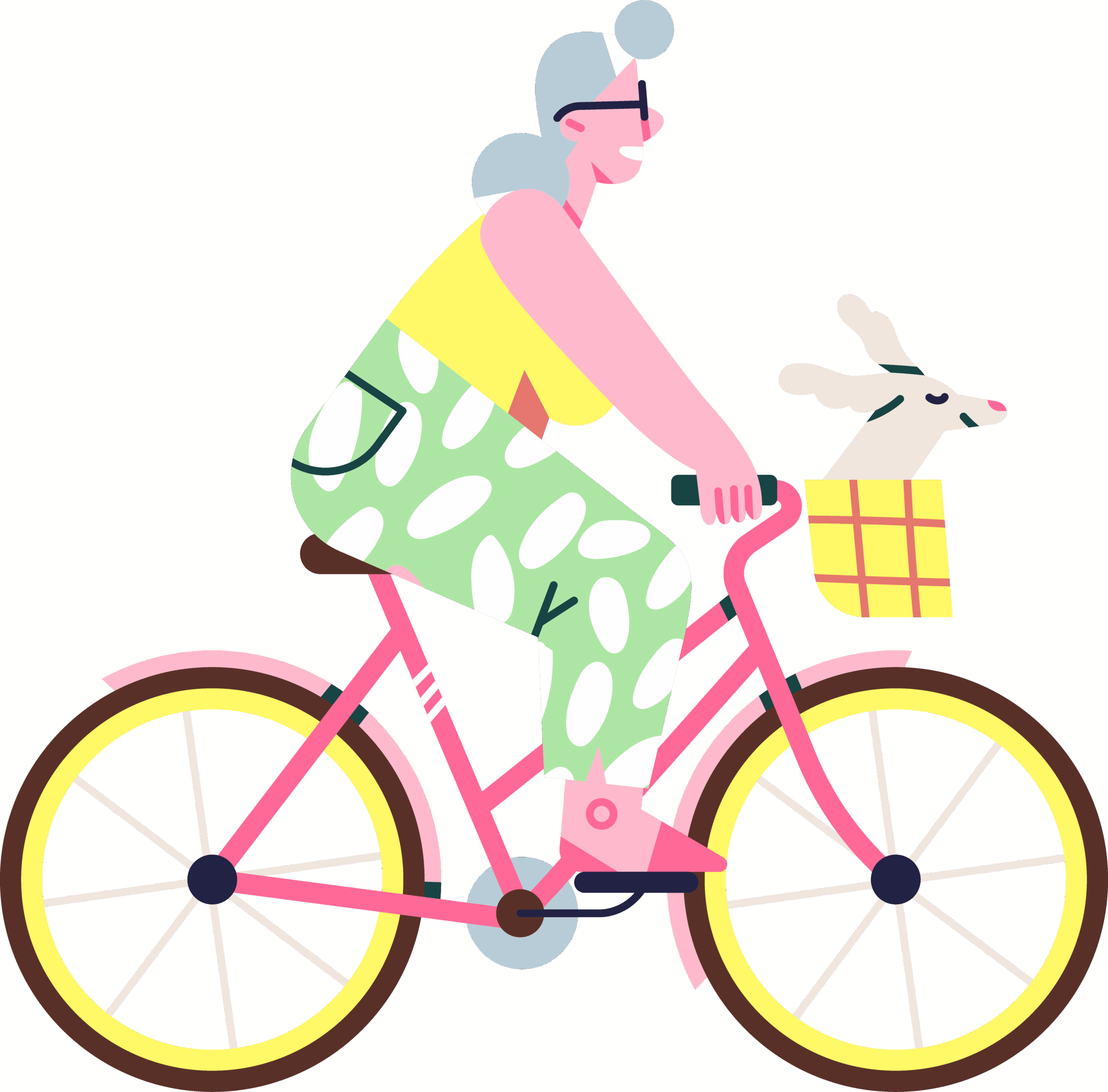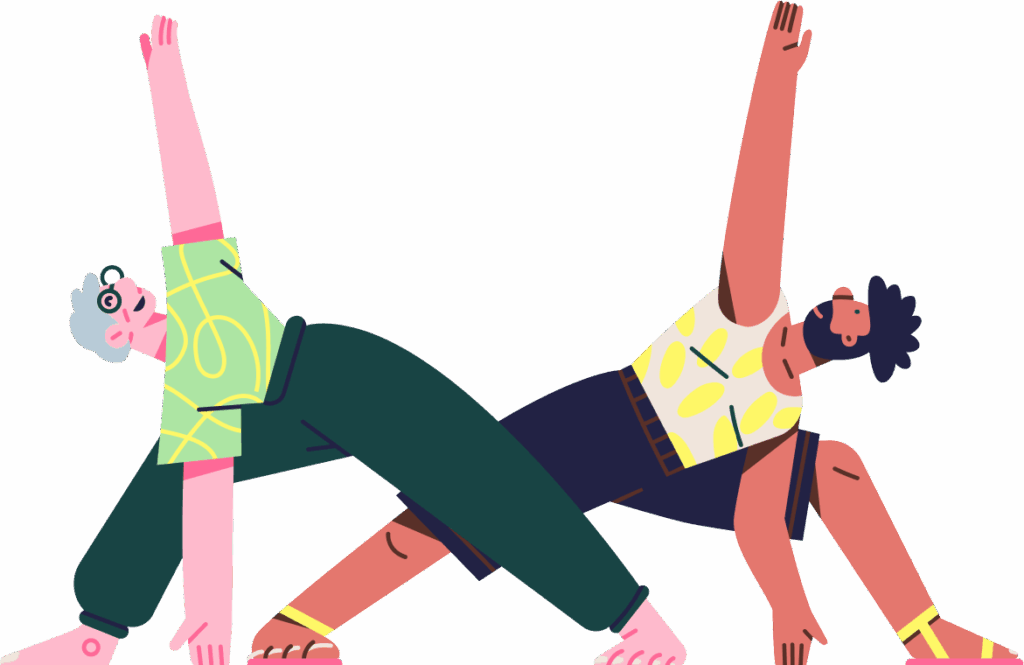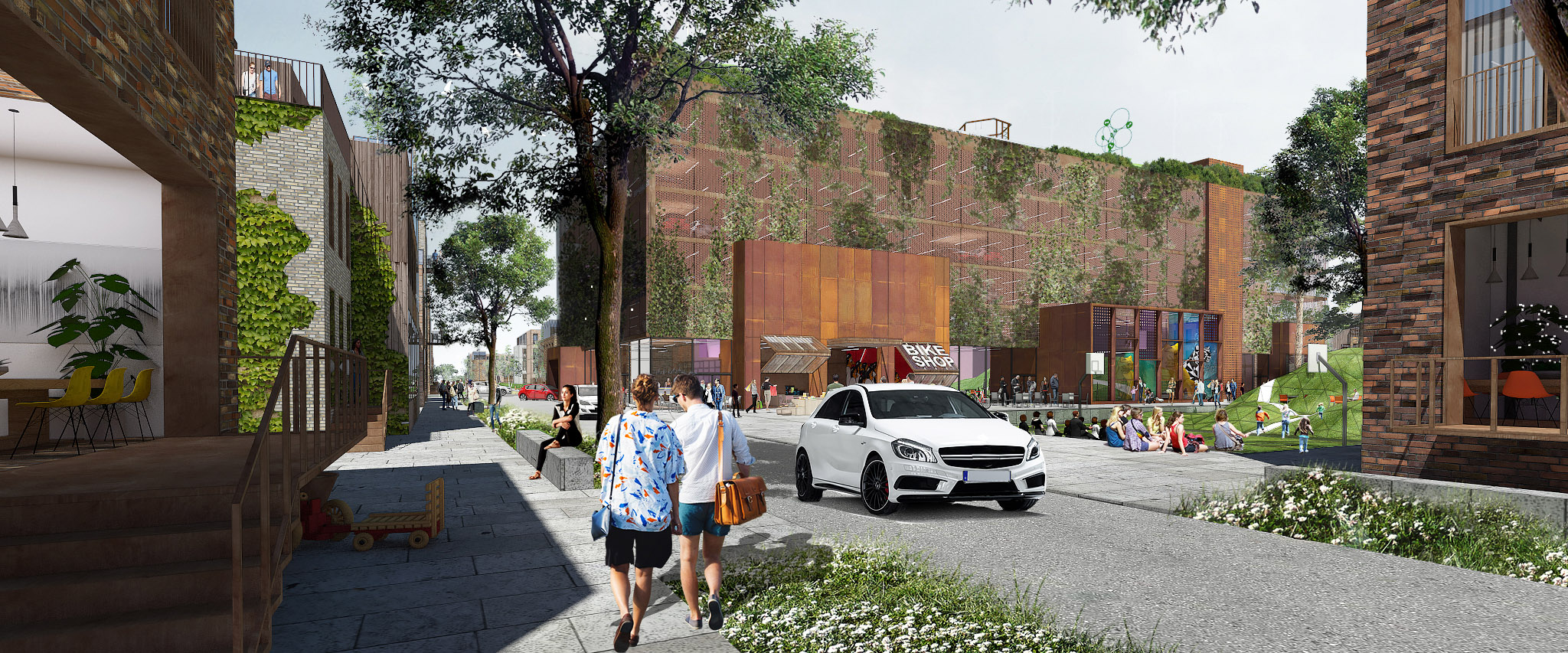
Mobility
Live mobile
Oberbillwerder is not intended to be car-free, but rather as free as possible from parked cars in public spaces. The aim is to make cars as unnecessary as possible in Hamburg’s 105th district by introducing other, new modes of transport that are more environmentally friendly, comfortable, faster and cheaper. Buses and the S-Bahn (suburban trains) stop right outside the door, providing good connections to Bergedorf and Hamburg city centre. The high-quality standard of the cycling infrastructure is intended to ensure that cycling plays a central role in the district. Of course, there will also be cars in Oberbillwerder. Access for motorised private transport is provided by a hierarchical system of ring roads and collector roads, residential streets and residential and private roads. The 11 to 13 mobility hubs will concentrate parking spaces for residents and guests. Cars can be parked here and passengers can switch to other modes of transport.
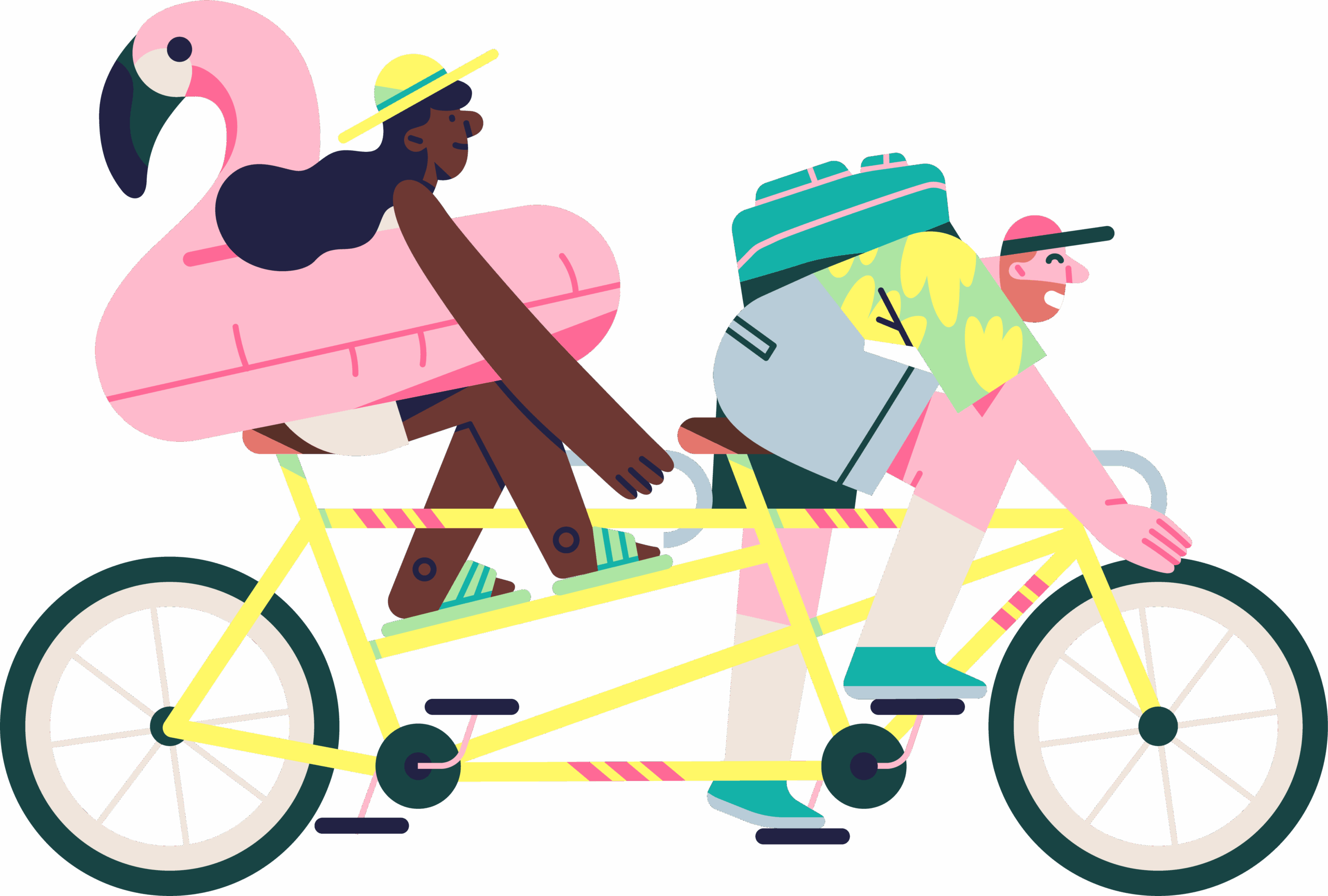
The high-quality standard of the cycling infrastructure is intended to ensure that cycling plays a central role in the district.
External development
Oberbillwerder is connected to the wider transport network via three links to the west, north-east and south-east. The main purpose of these links is to connect the district to the efficient wider road network, e.g. the A25 and B5 motorways. Oberbillwerder is also connected to the centre of Bergedorf to the east.
The western connection links Oberbillwerder with the A25 motorway at the HH-Allermöhe junction. The new line runs from Oberbillwerder to Mittlerer Landweg.
The north-eastern connection primarily serves as a feeder road from Oberbillwerder to the planned junction of the B5 at Ladenbeker Furtweg. It begins at the new Planstraße D3/Billwerder Billdeich junction. In order to handle traffic from Oberbillwerder to the B5 efficiently, the Billwerder Billdeich/Ladenbeker Furtweg junction needs to be rebuilt.
The south-eastern link connects Oberbillwerder with Rahel-Varnhagen-Weg, which runs south of the railway tracks. It provides a connection to the centre of Bergedorf and to the HH-Nettelnburg motorway junction. The south-eastern link requires the construction of a new underpass beneath the S-Bahn and mainline railway.
This film provides an insight into the construction process for Oberbillwerder:
Transportation plan © IBA Hamburg
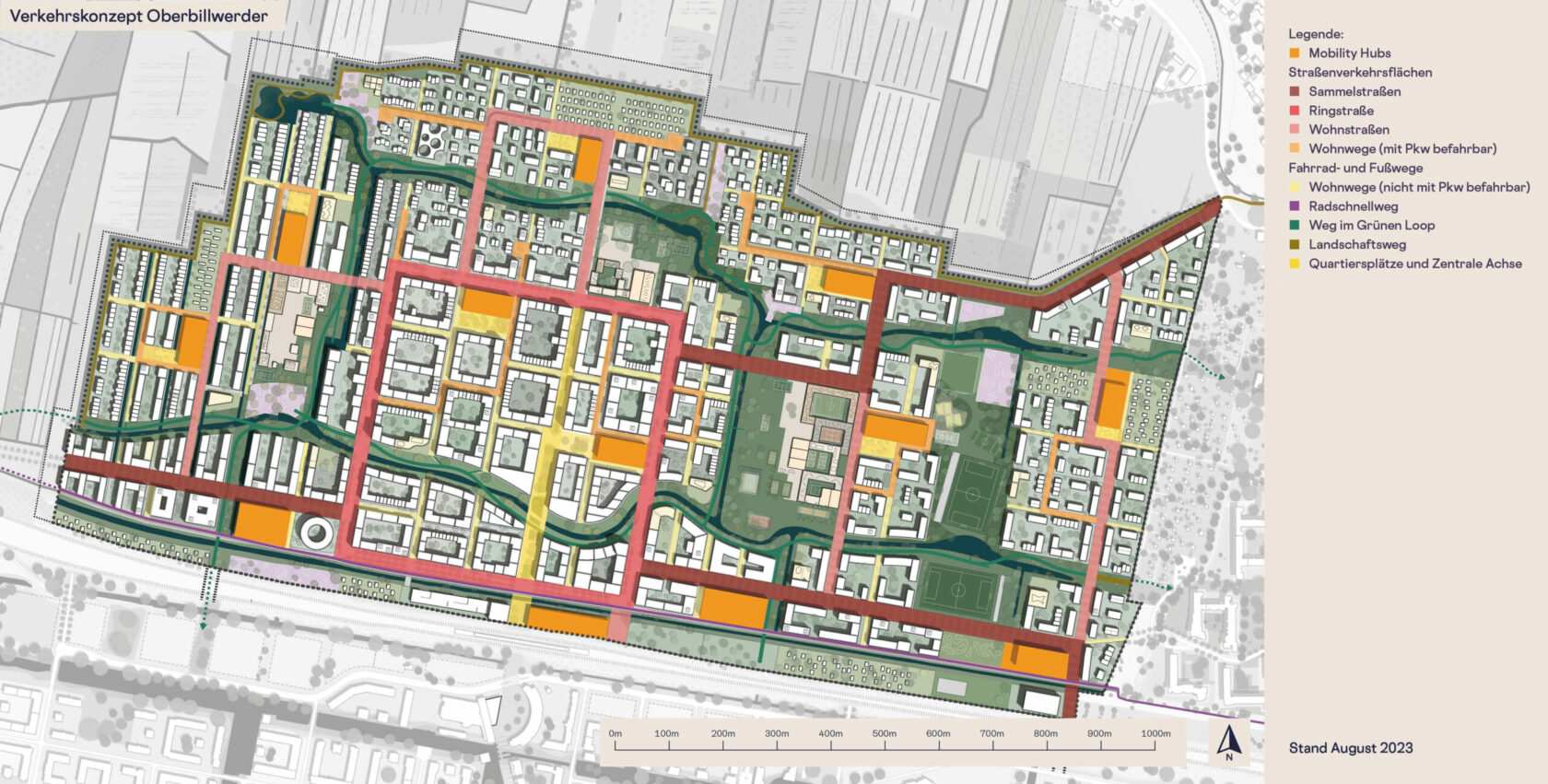
Mobility hubs
As an essential parking facility, at least 11 so-called mobility hubs are located throughout the district. Mobility hubs are multi-storey buildings that, together with the adjacent neighbourhood squares, are being developed into central meeting places.
The innovative buildings offer much more than just car parking facilities for residential streets kept free of parking spaces. The ground floor areas and, where applicable, other floors are intended for public, communal or commercial use and create a basic infrastructure with a wide range of mobility and service offerings. They also provide space for local amenities (supermarket, bakery, kiosk) as well as exercise rooms, a youth centre, neighbourhood meeting places, day care facilities, cultural institutions and more. Residents and guests park their cars on the upper floors of the mobility hubs and can switch to alternative means of transport such as bicycles, e-bikes, public transport or, in the future, small, autonomous shuttle buses to get to their front door. With the mobility hubs evenly distributed throughout the district, the maximum distance to residential locations is 250 metres.
The roofs can serve as gardens, play areas, sports and leisure areas, while also providing a habitat for animals and plants, retaining rainwater, producing energy and improving the urban climate. The topics of construction, operating concepts and costs are currently being examined in depth.
© ADEPT + Karres en Brands / IBA Hamburg
More space for living instead of cars
Cars are parked in so-called mobility hubs, creating new spaces on streets and neighbourhood squares for play, socialising, cafés and community life.
Frequently Asked Questions
Is Oberbillwerder a car-free district?
No, but car use will be reduced. The development of Oberbillwerder is linked to ambitious mobility goals. In order to successfully implement these, measures to create attractive alternative mobility options (e.g. car sharing, bike sharing, e-mobility with the appropriate infrastructure) and measures to reduce the appeal of private car use (including a limited number of car parking spaces and paid parking) are currently being examined and evaluated in a mobility concept.
The aim is to ensure that future residents have access to attractive mobility options right from the start and are willing to consciously forego using their own cars. This is in line with the social changes in mobility behaviour that are taking place independently of Oberbillwerder.
An important component of the concept are the mobility hubs, which, in addition to parking space, are intended to offer various mobility services and other uses.
Another important factor is the attractiveness of the footpath and cycle path network. All paths and facilities for cyclists and pedestrians are designed to be future-proof, safe and attractive. Particular attention is paid to the different requirements of daily and leisure traffic.
Veloroute 9 is of great importance for the external development of cycling. It crosses the planning area from east to west parallel to the S-Bahn line. In this area, the Veloroute will be upgraded to a cycle highway with special qualities in the future. In this way, the potential for cycling, especially among commuters on medium and longer distances, is to be tapped.
What is a mobility hub?
Mobility hubs are three- to six-storey buildings located in the neighbourhood squares of Oberbillwerder and are being developed into central locations for active neighbourhoods. They offer a total of around 5,000 parking spaces, making them a key component in the goal of creating public spaces free of parked cars. The ground floors house service points and social, cultural and commercial facilities. These include bakeries and supermarkets, parcel and recycling stations, youth centres, daycare facilities and clubhouses for neighbouring sports clubs and allotment associations. All cars are parked securely on the floors above.
The name says it all: the Mobility Hub brings together other mobility services such as all sharing services, bicycle parking spaces, charging stations, etc. The central locations of the Mobility Hubs in neighbourhood squares, where playgrounds or cafés and restaurants are located, create small, diverse neighbourhood centres that can have a thematic focus depending on their location in the district. The flat roofs of the buildings can be used as recreational areas, among other things, and can also serve as alternative energy sources or rainwater storage facilities.
